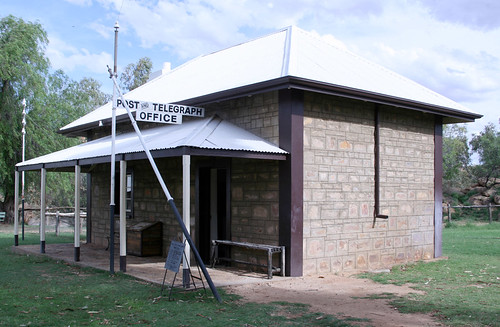Vendors extend the range of 5G millimeter-wave transmissions
Two wireless vendors say they have collaborated to significantly extend the useful range of millimeter-wave 5G transmissions beyond what had been widely considered its limits. 5G resources What is 5G? Fast wireless technology for enterprises and phones How 5G frequency affects range and speed Private 5G can solve some problems that Wi-Fi can’t Private 5G keeps Whirlpool driverless vehicles rolling 5G can make for cost-effective private backhaul CBRS can bring private 5G to enterprises Qualcomm and Ericsson have worked together in separate trials with two other companies to boost that distance from less than a mile (1.6km) to 3.8km in one case and to 5km-plus in the other, the companies claim.To read this article in full, please click here

